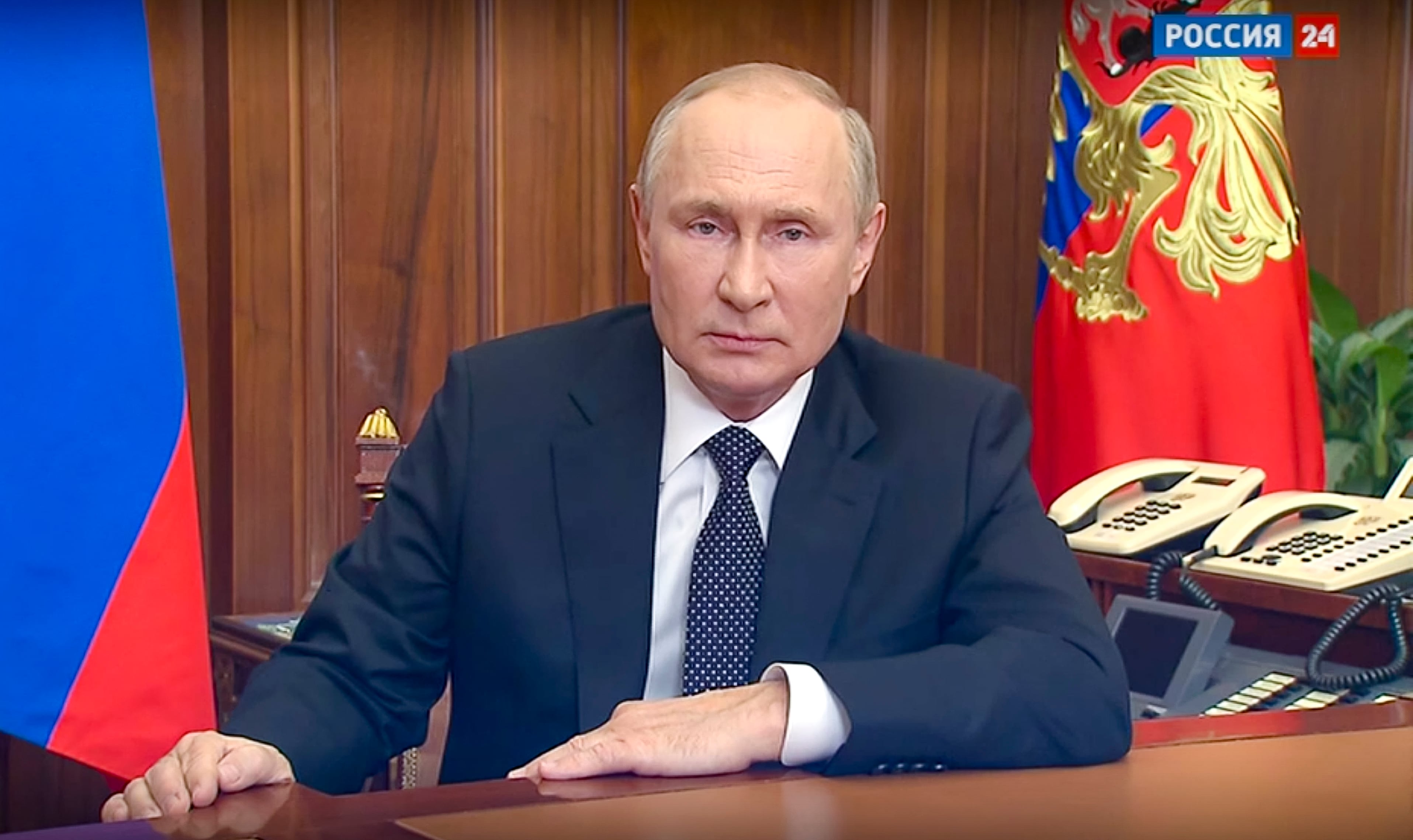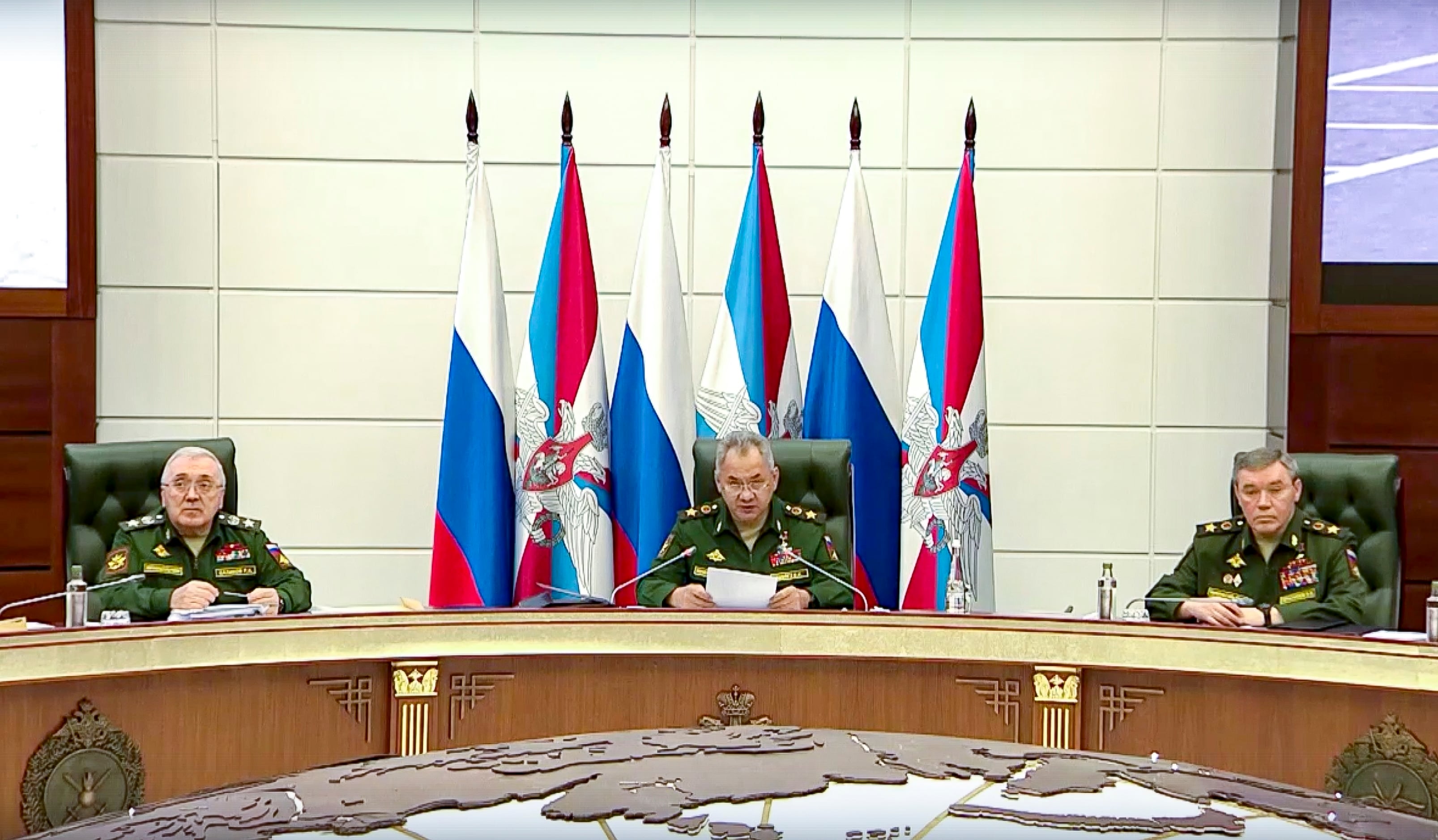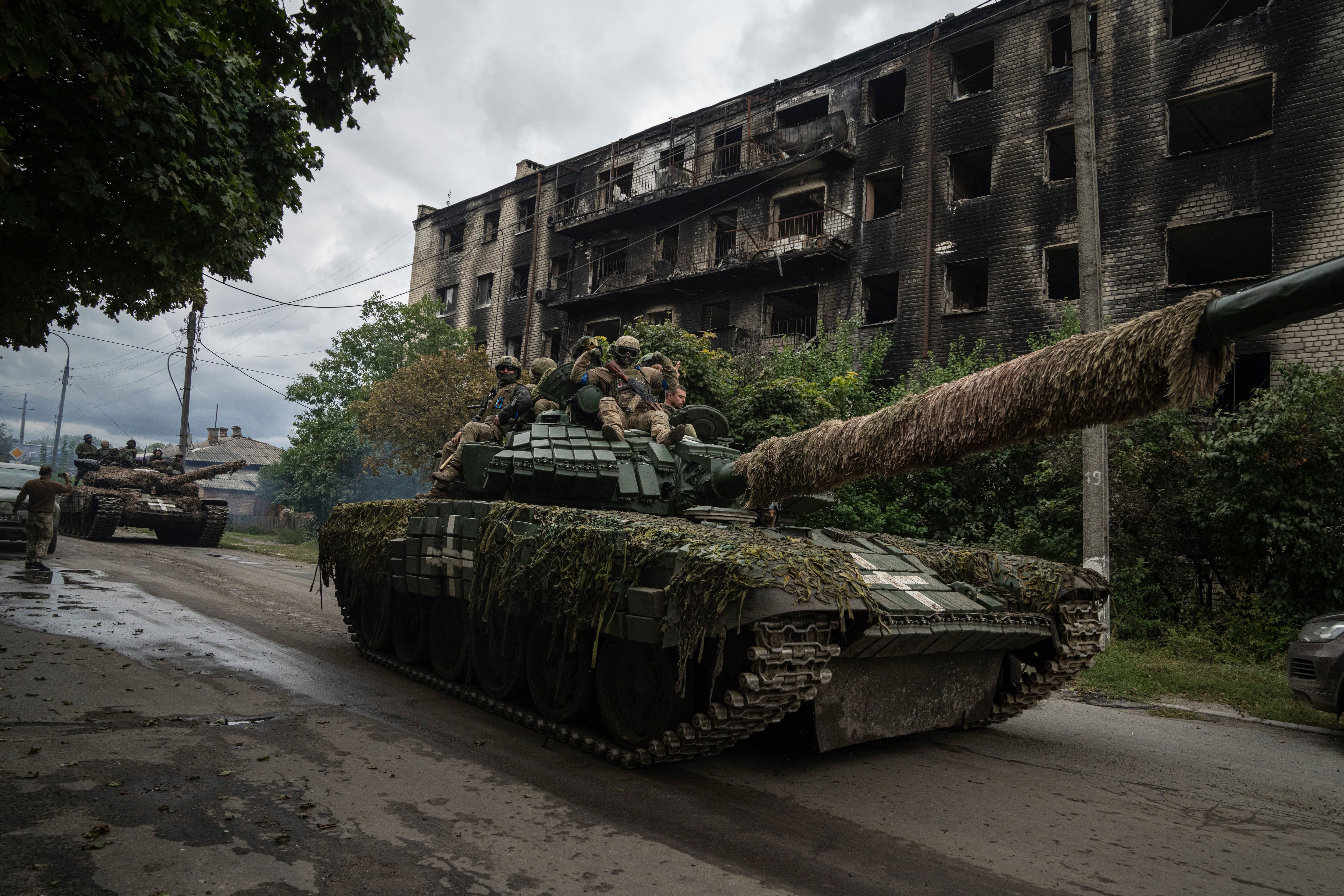AUSTIN, Texas — Mobility tactics, advanced technology and a workshop mentality for fixing battlefield problems all point to Ukrainian success fighting the Russian invasion.
But sustained success in the shadow of a mass Russian military mobilization announced Wednesday means Ukrainian forces need more and better training, arms and ammunition, especially as winter approaches, according to Ukrainian leaders.
Tying Ukrainian needs to the U.S. defense industry, Ukrainian Deputy Minister of Defense retired Maj. Gen. Volodymyr Havrylov here at the annual National Defense Industrial Association Future Force Capabilities Conference had a straightforward pitch.
RELATED

“If you have some ideas, or some pilot projects to be tested before mass manufacturing, you can send it to us and we will explain how to do it,” Havrylov said. “And in the end you will get the stamp, proved by the war in Ukraine. You will sell it easy.”
The deputy minister referenced unnamed startup companies already doing this, bringing not-yet-fielded products to Ukrainian procurement officials, especially anti-drone, anti-jamming technology.
“And they come back with a product that is competitive in the market now because it was tested in a combat zone,” he said.
Havrylov spoke to an audience of hundreds of defense industry and U.S. military acquisitions personnel after Russian President Vladimir Putin announced the first military call up since World War II of an estimated 300,000 civilians for its ongoing invasion of Ukraine.
The announcement comes after a series of humiliating defeats for the Russian military in the seven-month war. Western backers of Ukraine have called it a desperate move.
Havrylov had more choice words.
“It means that we are moving to the end of the Russian empire,” Havrylov said. “This act of desperation after almost seven months of the so-called special operation in Ukraine demonstrated the weakness of Russia and the paper character of the military.”
The deputy defense minister pointed to Ukrainian successes and early challenges that he said their military has overcome.
“Yes, Russia is a huge country, they have more people, they have more equipment,” Havrylov said. “…people here and in Europe think Russia is a sleeping bear, but in fact it is a frightened jackal in a bear skin.”

Though the mobilization announcement captured headlines and broadcasts Wednesday, Havrylov doubted that the call up would be effective for one reason — Russia can’t equip the soldiers it has, let alone another 300,000 untrained troops.
Early in the fight, he said Ukrainians destroyed much of the modernized equipment the Russian military used to invade. That left the next wave of Russian troops with Soviet-era gear.
“That is why we’re not afraid of this mobilization attempt in Russia,” Havrylov said. “They have no resources to prepare this amount of people not only for battle but for the winter period.”
But specific requests and responses to audience questions laid out a series of hardware priorities that Ukrainians need as the war advances and Russian tactics shift.
Those include counter drone, electronic warfare, armored vehicles and longer anti-tank and longer precision fire weapons.
Havrylov stressed that ongoing Ukrainian tactics of keeping units moving quickly and maintaining a dispersed force across their territory have challenged Russian military leaders, bent on continued use of position-based and fires-heavy fighting.
Ukraine’s military success depends on mobility, he said.
But Russian leaders have adapted, mostly by keeping a standoff distance that makes many of the weapons less effective.
Havrylov pointed to the Javelin surface-to-air, shoulder-fired missile as an example. Early in the conflict scores of Javelin shipments sent to the war helped Ukrainians destroy even modernized Russian tanks.
However, the missile has its limits, chiefly range.
And Russians took note.
“It’s all about anti-tank systems with a range of up to 5 kilometers,” he said. “Javelin is okay but is only has a range of 2.5 kilometers. Russia stopped closing to us in less than 5 kilometers.”

Havrylov suggested anti-tank systems from industry with a 6-kilometer range or kamikaze or suicide drones as options his military could use.
Like tanks and the Javelin, Havrylov said early fighting saw Ukrainian forces hit Russian supply lines and ammunition depots closer to the fight with the High Mobility Artillery Rocket System. The Russian military has now moved most of those positions at least 100 kilometers back, outside of Ukrainian fires ranges.
“If we have the capability to destroy targets to 200 kilometers it would be a total disaster for Russia,” Havrylov said. “That’s why we’re asking for (Army Tactical Missile System).”
The Biden administration so far has seen ATACMS delivery as potentially escalating the conflict because Ukrainians could strike Russian territory. Havrylov argued that Ukraine has no plans to strike Russia itself, but the Ukrainian government has its sights set on regaining long-occupied territory.
“We have a lot of targets in our occupied territory, including Crimea,” Havrylov said.
Those tech pieces fit parts of the puzzle that Ukrainians aim to solve, but another factor looms — the dreaded Eastern European winter.
Havrylov had suggestions for that, too.
The Ukrainians need armored platforms to continue their “mosquito tactics” developed before the Russian invasion, using small units with secure communications and drones to strike relentlessly. That’s even more important in the winter, where mobility faces added burdens.
The retired major general told the audience that Ukraine would be “grateful” to have more armored platforms and air defenses for the winter battles that loom.
“We will not only survive, we will have a lot of success in the wintertime,” Havrylov said. “Russia is not ready for that kind of warfare.”
Weapons and tactics hit the top of the list, but repairing gear and training forces made the request roster, too. Early in the war nearly one-third of all equipment problems or malfunctions were due to lack of training for Ukrainian operators, Havrylov said.
A program that takes up to 5,000 Ukrainian soldiers a month to the United Kingdom for infantry and other training has proved effective, Havrylov added, but more remote training in both tactics and technical skills are needed.
He wants training and advising over Skype, Zoom or other options available to soldiers.
Ukrainians need ways to repair their gear or make modifications in the country, rather than sending busted equipment to other nations, which causes difficult delays in equipping fighters, he said.
The United States alone has contributed more than $13.5 billion in military aid to Ukraine since late 2021, according to a Pentagon release in August.
But more tools of the right kind are essential in the coming months, Havrylov said.
“If you have the right items delivered in the right time to the right people you have a real effect in this war,” he said.
The Associated Press contributed to this article.
Todd South has written about crime, courts, government and the military for multiple publications since 2004 and was named a 2014 Pulitzer finalist for a co-written project on witness intimidation. Todd is a Marine veteran of the Iraq War.




